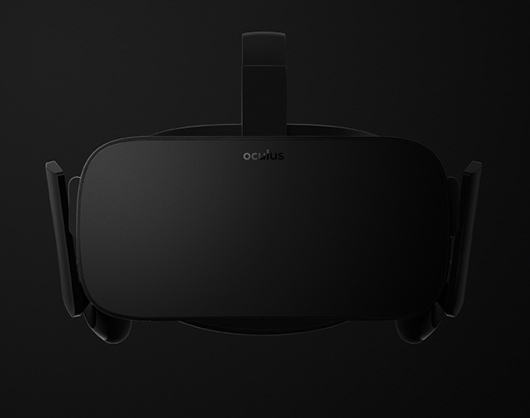Oculus Stops Rift Mac, Linux Development, Releases PC Specs

The Rift virtual-reality headset will require high-end specs at release – as well as Windows
Facebook-owned Oculus said it is halting development on the Mac and Linux platforms in order to focus on Windows systems ahead of the planned launch of the Rift virtual-reality headset early next year.
The company announced the move as it revealed the recommended PC specifications that will be required for Rift, which is set to compete with upcoming VR systems such as Sony’s Project Morpheus and the HTC Vive.

“Our development for OS X and Linux has been paused in order to focus on delivering a high quality consumer-level VR experience at launch across hardware, software, and content on Windows,” said Atman Binstock, chief architect at Oculus and the Rift’s technical director, in a blog post. “We want to get back to development for OS X and Linux but we don’t have a timeline.”
Binstock announced recommended specifications for Windows systems that are at the upper range of what is currently available, noting that the VR experience requires significantly higher performance than graphics displayed on a monitor.
“Good stereo VR with positional tracking directly drives your perceptual system in a way that a flat monitor can’t,” he wrote. “As a consequence, rendering techniques and quality matter more than ever before, as things that are imperceivable on a traditional monitor suddenly make all the difference when experienced in VR.”
He said Oculus is recommending an Nvidia GTX 970, AMD 290 or equivalent graphics card, Intel i5-4590 equivalent or faster processor, and at least 8GB of RAM, as well as Windows 7 SP1 or newer, two USB 3.0 ports and HDMI 1.3 video output supporting a 297 MHZ clock via a direct output architecture.
Price drop
While these specifications are currently at the high end, Binstock said they are expected to remain constant for the life of the device, and are expected to come down in price over time. “As the equivalent-performance hardware becomes less expensive, more users will have systems capable of the full Rift experience,” Binstock wrote.
He noted that “almost no” current laptops have the GPU performance recommended for the Rift, although this, too, may change with time.
“In the future, successful consumer VR will likely drive changes in GPUs, OSs, drivers, 3D engines, and apps,” he wrote.
Mac users and developers responded with disappointment to the halt of development for the platform, with a number of them criticising Oculus via comments on Binstock’s post.
“As an Apple user I can’t say I am pleased,” wrote one, while another said, “as a game developer who thinks you’ve just shot yourself in the foot by abandoning OS X, I’ve decided to abandon Rift.”
Others pointed out that the only currently available Mac system with the Rift’s recommended specifications would be a Mac Pro with the top-end graphics option, a system that would cost more than £2,500.
Developers have had access to the Rift in prototype form since 2012. In March Oculus said it expects the consumer product to be available in the first quarter of next year, with pre-orders planned for later in 2015.
The device is expected to be featured at the E3 gaming conference next month.
How well do you know Apple? Take our quiz.